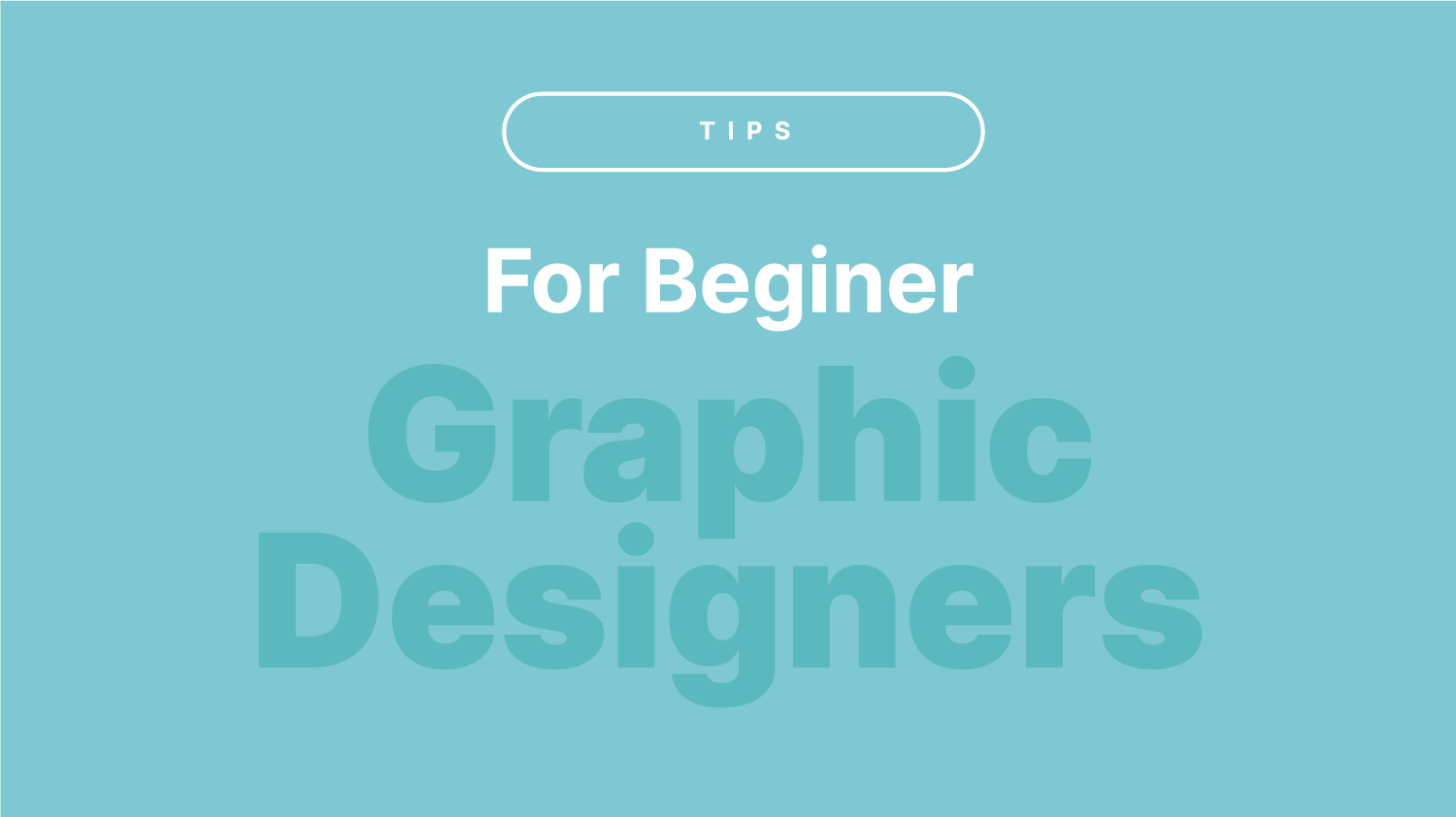Introduction:
In this beautiful context, I am eager to share invaluable tips with aspiring designers, fostering a community where seasoned professionals uplift beginners. Recognizing the duty of experienced designers to guide novices, these tips aim to propel budding talents to new heights in their creative journey. Let’s explore essential insights that can truly elevate a beginner’s design skills.
1
Practice makes perfect
Embarking on the path of mastery requires dedication and consistent practice. Utilize the myriad online resources available to refine your skills, allowing the iterative process to shape you into a proficient designer. Remember, the journey to excellence is earned through continuous learning and hands-on experience.
3
Follow expert designers and design trends
Navigate the vast landscape of design by following industry experts judiciously. Extract inspiration from their work and techniques without replicating them verbatim. Immerse yourself in diverse portfolios to glean insights from others’ experiences, ensuring a well-rounded approach to design. Stay attuned to evolving trends, cultivating adaptability and relevance in your work. Follow expert designers and design trends
5
Implement what you learned as soon as possible
Immediate application of a design tool or recent understanding of a conceptual framework solidifies understanding and catalyzes creative growth. Dive into hands-on experiences as they not only reinforce your skills but also serve as a continuous source of inspiration. By swiftly incorporating freshly acquired insights into your design work, you transform theoretical understanding into tangible expertise, propelling your creative journey to new heights. Embrace the dynamic interplay between learning and doing, fostering a proactive and iterative approach to skill development.
7
Create your portfolio before having an opportunity
Anticipate opportunities by proactively developing a robust portfolio. Even before potential clients come knocking, showcasing your capabilities through a well-curated portfolio establishes credibility. This proactive approach positions you as a prepared and capable designer, ready to take on exciting projects.
9
Choose the correct typeface/font
Ensure design clarity and readability by embracing font diversity. Experiment with various font styles while maintaining consistency in individual projects. Opt for easily readable fonts in your graphic designs, harmonizing headings, subtitles, and body text. By adhering to these principles, you create visual cohesion that enhances the overall effectiveness of your design.
11
Create orders with properly aligned elements and text
Elevate your designs to professional standards through meticulous alignment. Maintain balance and visual harmony by using right, middle, center, and left alignment for all text and elements on your artboard. Alignment is the unsung hero that underpins a visually cohesive and appealing composition.
2
Good things take time. So be patient
As you navigate the challenges inherent in the learning process, maintain a resilient spirit. Understand that excellence doesn’t manifest overnight; it’s a gradual evolution. Patience is the cornerstone of enduring success, as each obstacle is an opportunity for growth. Trust the journey, and success will inevitably follow.
4
Co-operate and connect with other designers
Forge connections within the design community to access a wealth of knowledge. Engage with experts, seek advice, and participate in forums and resources tailored to designers. The collaborative spirit within this community often unveils unexpected insights, fostering both personal and professional growth.
6
Enjoy what you do and believe in your ability
Approach each project with enthusiasm and an open mind. Embrace the joy of creating, allowing your creativity to flow freely. Cultivate self-confidence by acknowledging your capabilities and reinforcing a positive mindset. Remind yourself regularly: “I can do it,” and witness the transformative impact on your design endeavors.
8
Research before you start designing
Prioritize comprehensive research as the foundation of your design projects. Thoroughly study, read, and gather resources to inform your creative process. A well-researched approach ensures a thoughtful and purposeful outcome, elevating the quality and impact of your design work. Research equips you with the insights necessary to make informed decisions throughout the design journey.
10
Make sure Colors pop-up bright, White Space and Consistent Images
Capture attention with vibrant colors strategically placed, especially when working with concise text. Leverage high-contrast color palettes to make a lasting impact. Embrace the elegance of white space, a hallmark of contemporary graphic design, exemplified by industry leaders like Apple. Consistency in image quality, framing, style, proportions, and lighting ensures your visual elements contribute meaningfully to your project.
Lastly, think outside
the box
Nurture your creativity by venturing beyond conventional design elements. Challenge yourself to explore new icons, symbols, typefaces, and color schemes. Engage in thorough research, sketching sessions, and experimentation to discover original elements that visually communicate your unique perspective. Thinking outside the box truly distinguishes innovative designers from the rest.
Conclusion:
I trust that these extended insights will enrich your journey and contribute to your growth as a designer. Enjoy the creative process, stay curious, and most importantly, never cease to learn and evolve. I hope these tips become valuable companions on your exciting design expedition.

